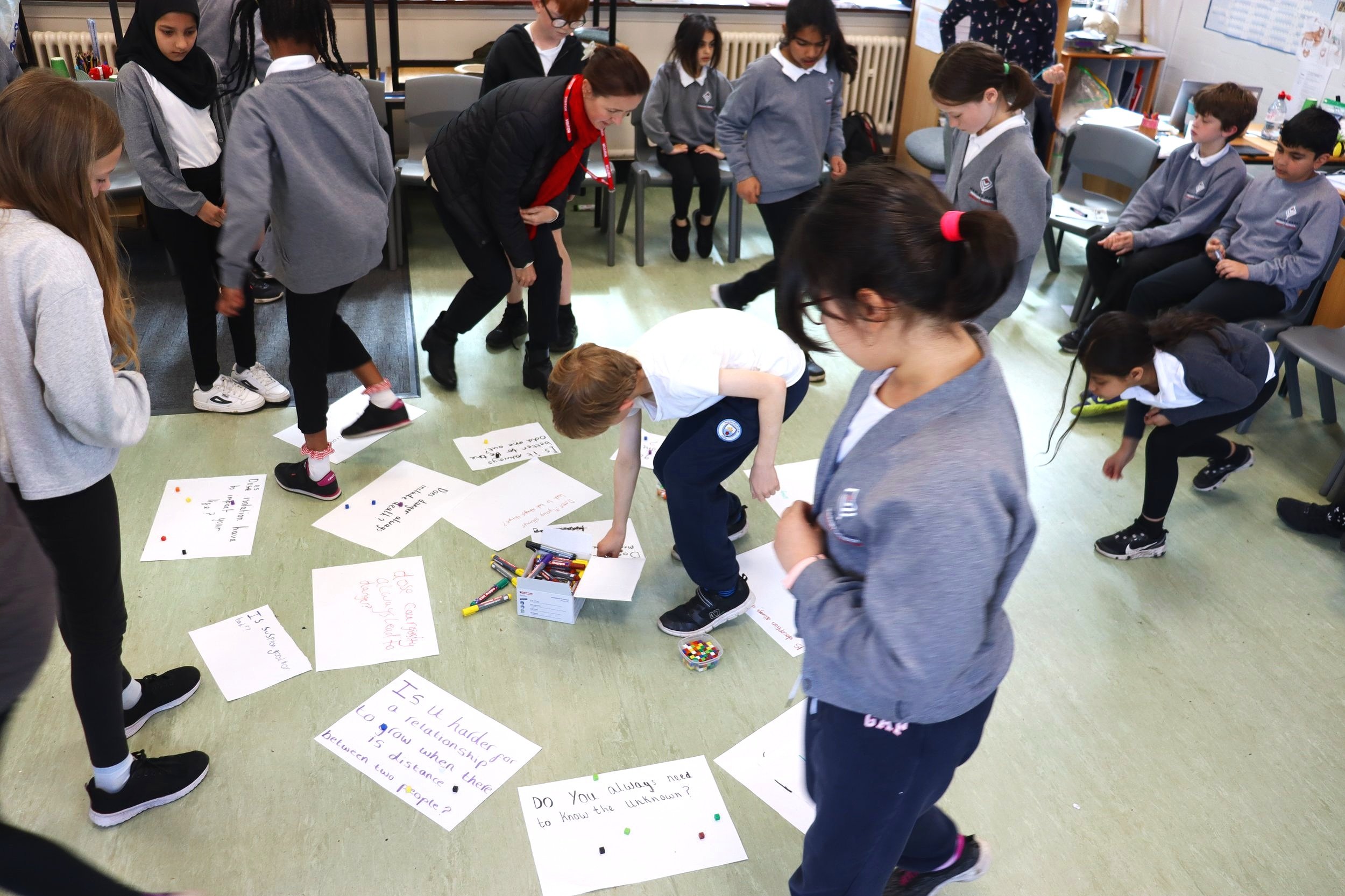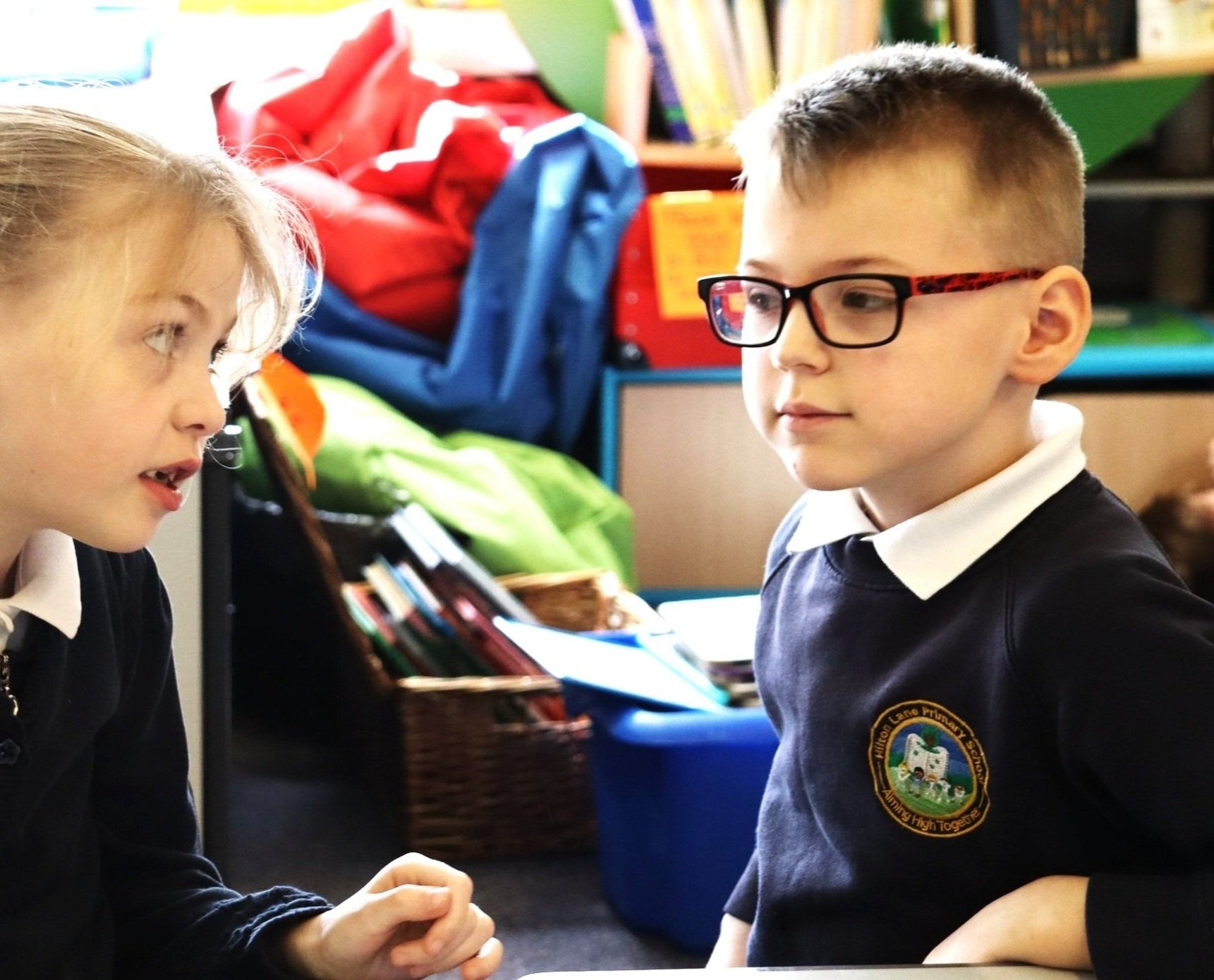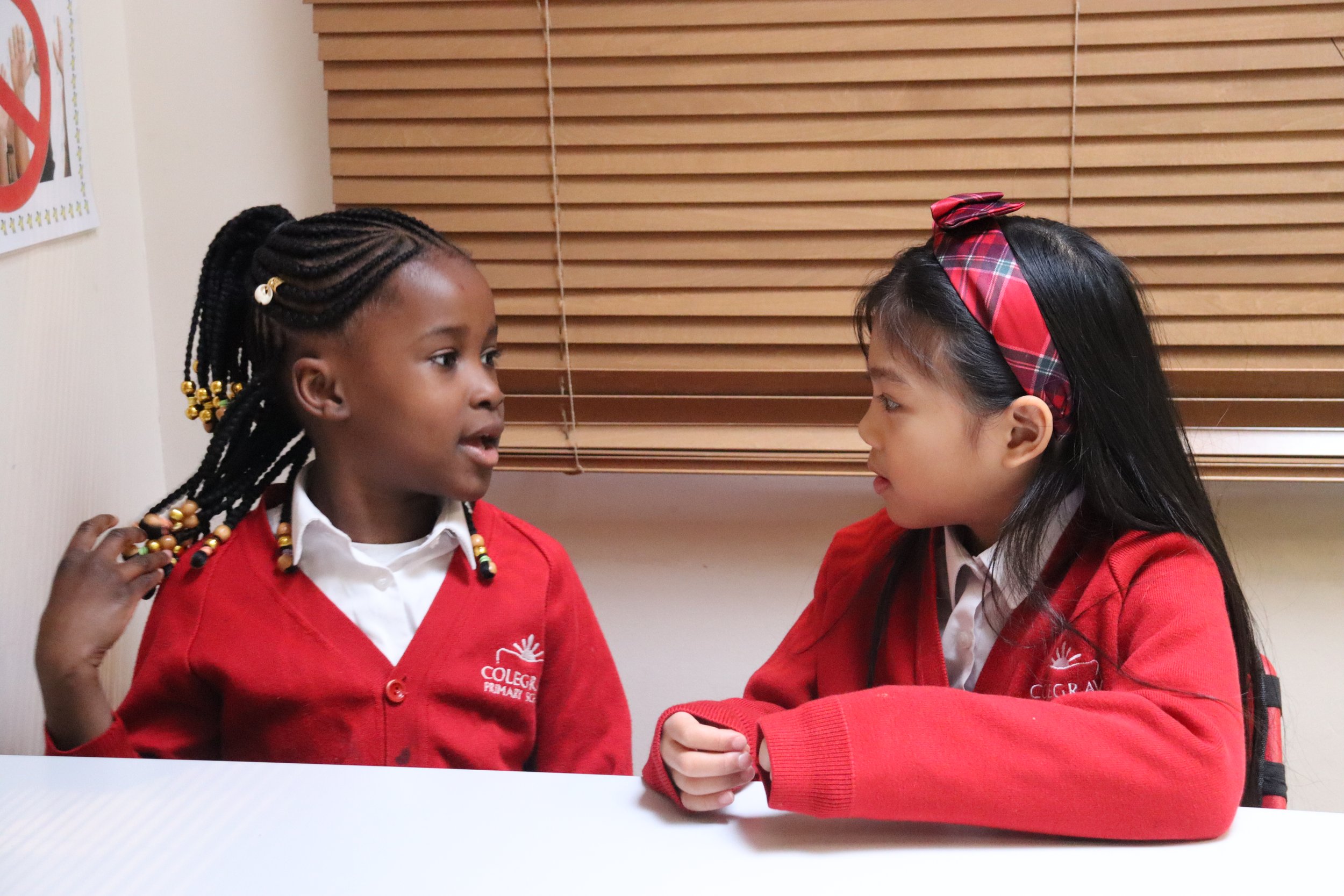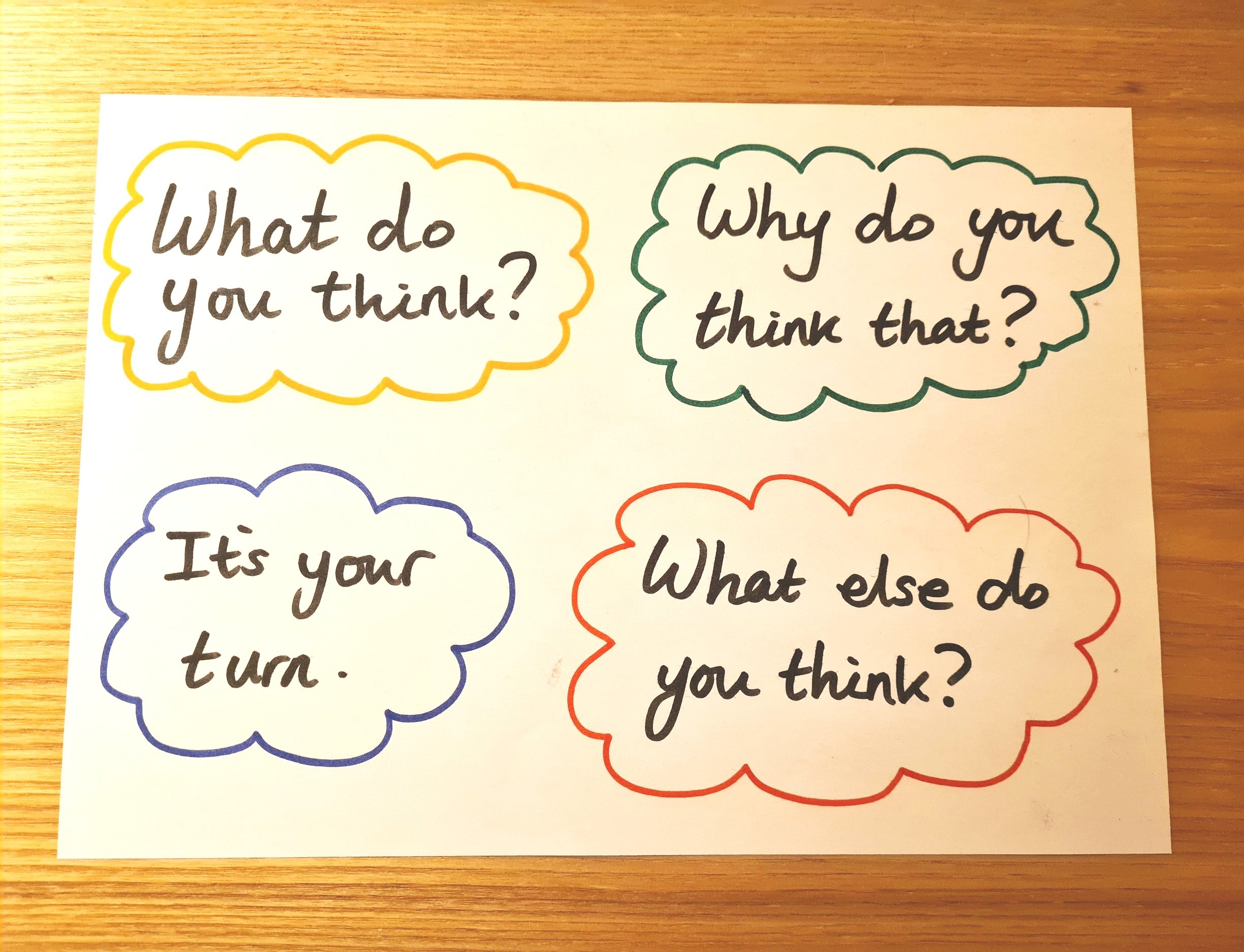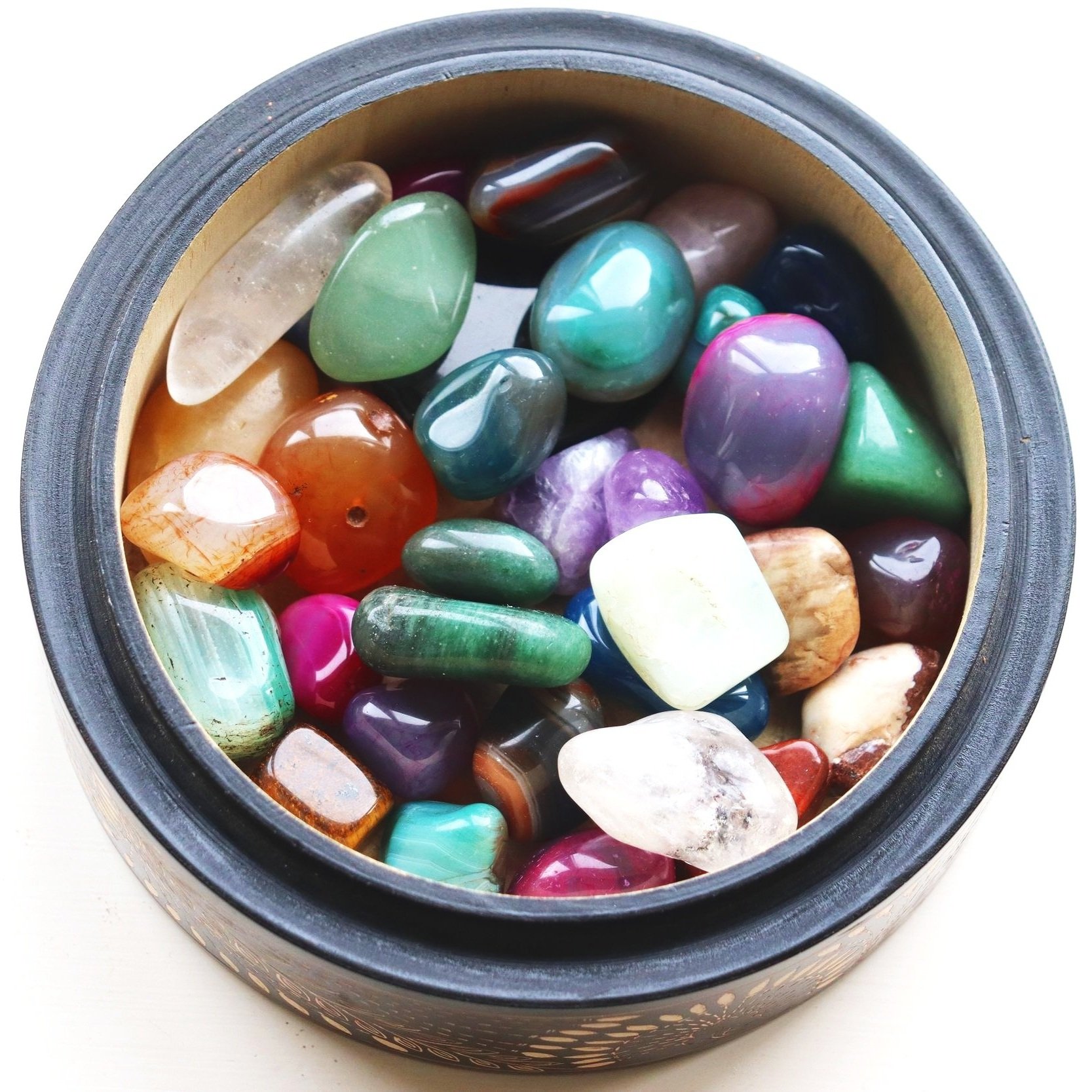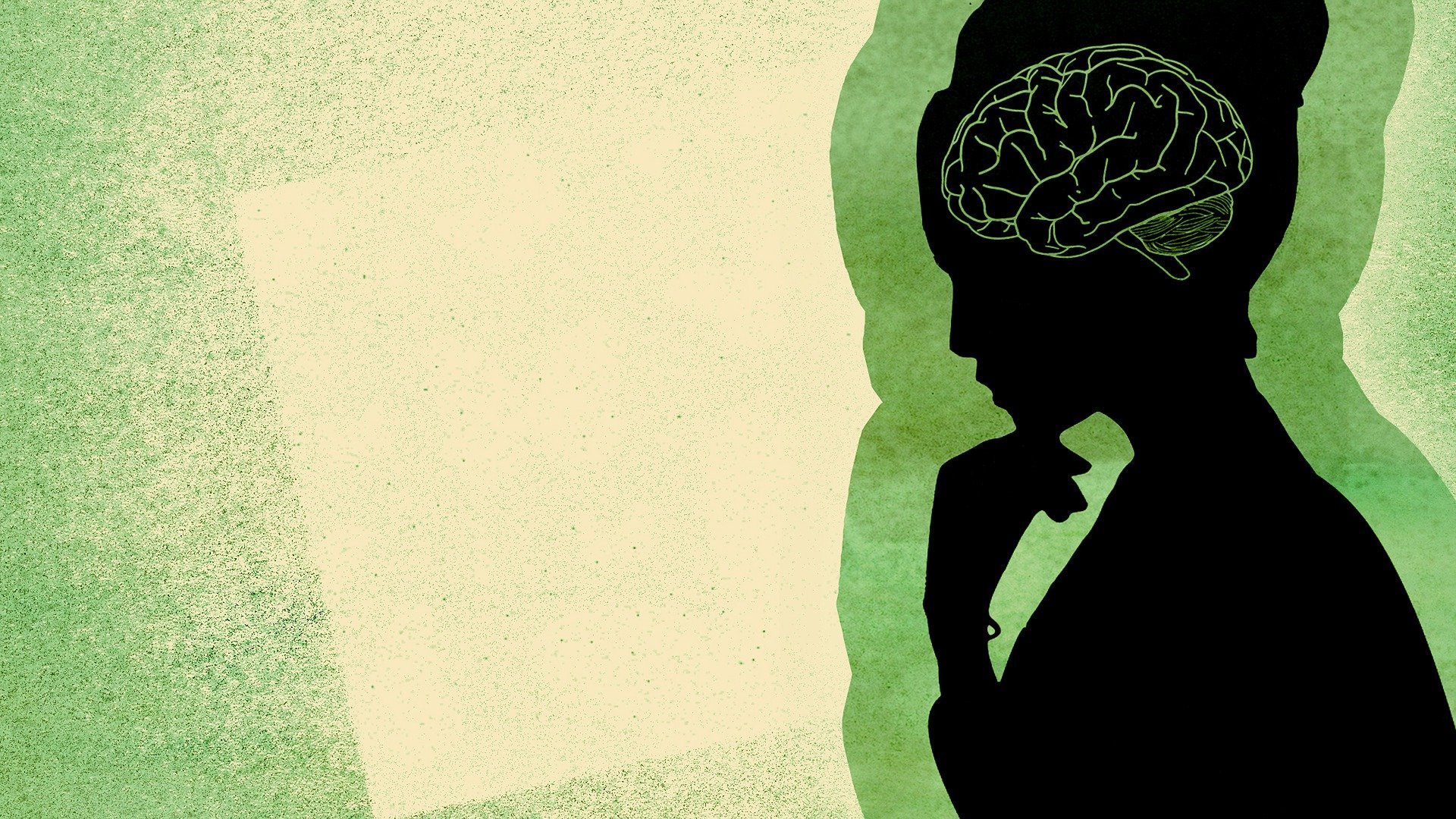Pair talk, when done well, is one of the most effective techniques a teacher can use. It provides an opportunity for children to try out ideas, and to orally rehearse, whilst avoiding the “rabbit in the headlights” moment of being asked to speak when unprepared. It immediately changes the ratio of teacher talk to pupil talk.
But done badly, it leaves children feeling left out, it is unfocused, it wastes learning time.
In my Talk Audits over the past year I have observed over 80 classrooms and I have concluded that this is something a lot of teachers could do better. In one class during a paired talk exercise, I counted six children not talking.
I think teachers are so busy ‘getting on with the learning’ that they are missing the basics of paired talk – that pupils are actually paired, and actually talking. Simply checking and addressing these basics will have a huge impact.
Ways to keep everyone engaged and develop the community of enquiry
A detailed description including building, helping, sharing and working together
Take a moment to check talk partner pairings to make sure no-one misses out on learning
Providing talk prompts to students can increase the quality of partner talk
Why giving out ‘talking objects’ is worth the hassle
Strategies to help as many pupils as possible access philosophical enquiry
The importance of taking a moment to look and listen carefully
More useful resources, including a Talk Tally to get pupils listening closely
Encouraging pupils to think more deeply in reflection and talk time
Three essential ingredients to ensure pupils have the confidence to speak in front of their peers
Generating dialogue, comparing concepts, deepening understanding.

